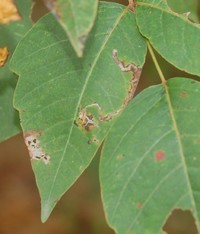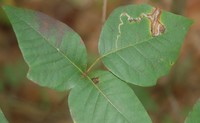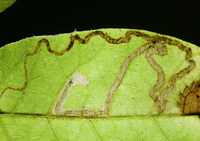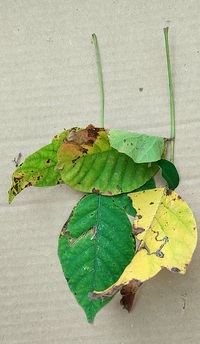
| Recorded by: Mark Basinger and Donald Zepp on 2025-11-13
Pitt Co.
Comment: | 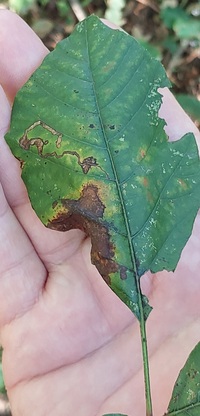
| Recorded by: Mark Basinger on 2025-10-18
Lee Co.
Comment: |
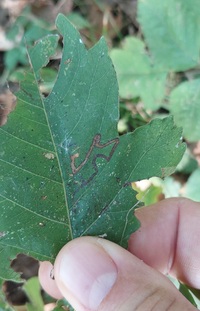
| Recorded by: Mark Basinger on 2025-10-18
Stanly Co.
Comment: | 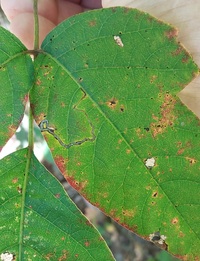
| Recorded by: Mark Basinger on 2025-10-03
Anson Co.
Comment: |
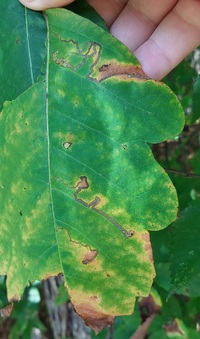
| Recorded by: Mark Basinger on 2025-10-03
Robeson Co.
Comment: | 
| Recorded by: Dean Furbish, Lior S. Carlson on 2025-08-12
Alamance Co.
Comment: |
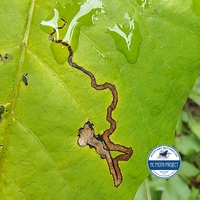
| Recorded by: Dean Furbish, Lior S. Carlson on 2025-08-12
Alamance Co.
Comment: | 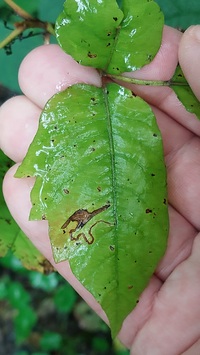
| Recorded by: Mark Basinger on 2025-08-12
Ashe Co.
Comment: |

| Recorded by: Mark Basinger on 2025-08-09
Alamance Co.
Comment: | 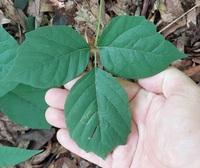
| Recorded by: Mark Basinger on 2025-08-09
Wilkes Co.
Comment: |

| Recorded by: Mark Basinger on 2025-08-01
Stanly Co.
Comment: | 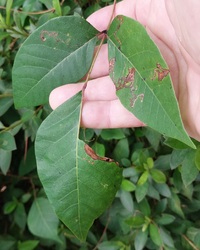
| Recorded by: Mark Basinger on 2025-07-24
New Hanover Co.
Comment: |
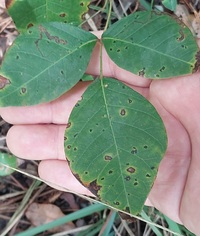
| Recorded by: Mark Basinger on 2025-07-23
Columbus Co.
Comment: | 
| Recorded by: Mark Basinger on 2025-07-23
Columbus Co.
Comment: |
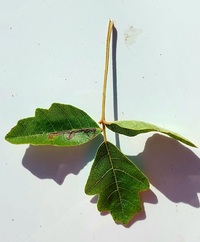
| Recorded by: Mark Basinger on 2025-07-14
Richmond Co.
Comment: | 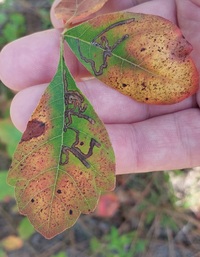
| Recorded by: Mark Basinger on 2025-07-14
Scotland Co.
Comment: |

| Recorded by: Mark Basinger on 2025-07-10
Bladen Co.
Comment: | 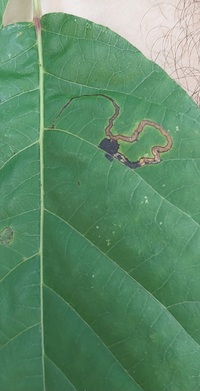
| Recorded by: Mark Basinger on 2025-07-09
Brunswick Co.
Comment: |

| Recorded by: Jim Petranka on 2025-06-29
Moore Co.
Comment: | 
| Recorded by: Jim Petranka, Mark Basinger and Becky Elkin on 2025-06-28
Moore Co.
Comment: |

| Recorded by: Mark Basinger on 2025-06-27
Davidson Co.
Comment: | 
| Recorded by: F. Williams, S. Williams on 2025-06-12
Gates Co.
Comment: |

| Recorded by: Tracy Feldman; R. Newman on 2025-06-03
Carteret Co.
Comment: | 
| Recorded by: David George, Becky Watkins on 2025-06-01
Mecklenburg Co.
Comment: |

| Recorded by: Mark Basinger and Donald Zepp on 2024-11-12
Johnston Co.
Comment: | 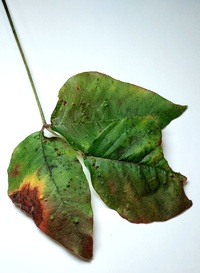
| Recorded by: Mark Basinger on 2024-10-16
Rowan Co.
Comment: |

| Recorded by: Mark Basinger on 2024-09-21
Buncombe Co.
Comment: | 
| Recorded by: Jim Petranka, Mark Basinger and Becky Elkin on 2024-09-21
Madison Co.
Comment: |
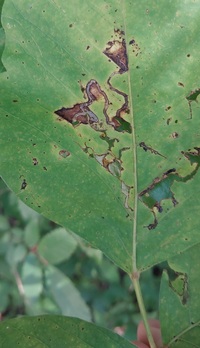
| Recorded by: Mark Basinger on 2024-08-26
Wilson Co.
Comment: | 
| Recorded by: Tracy Feldman on 2024-06-21
Chatham Co.
Comment: |
|

 »
»